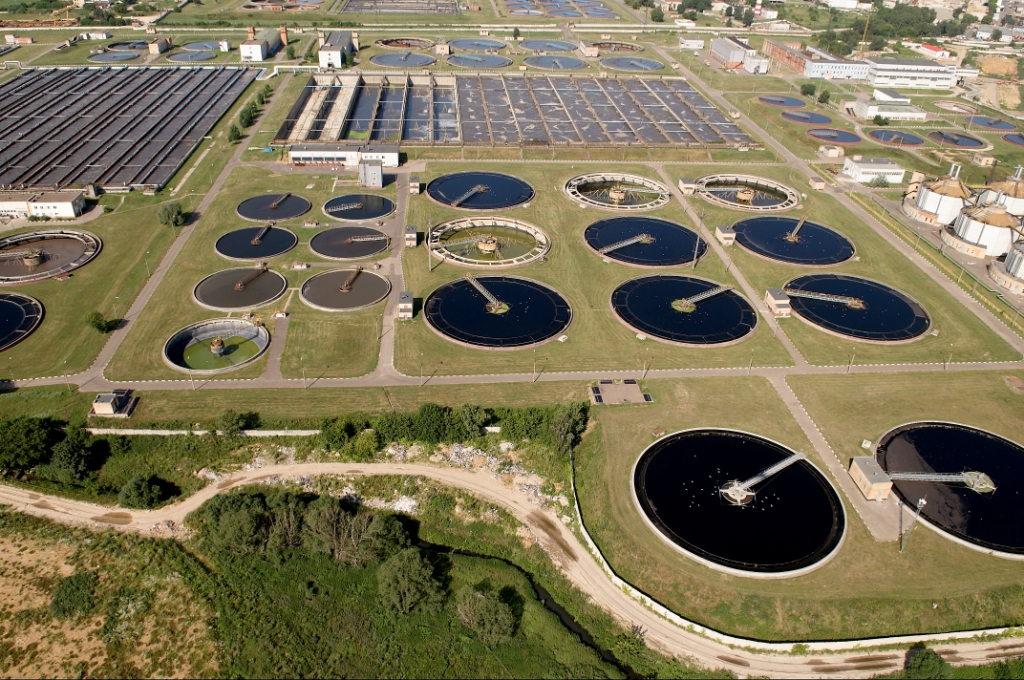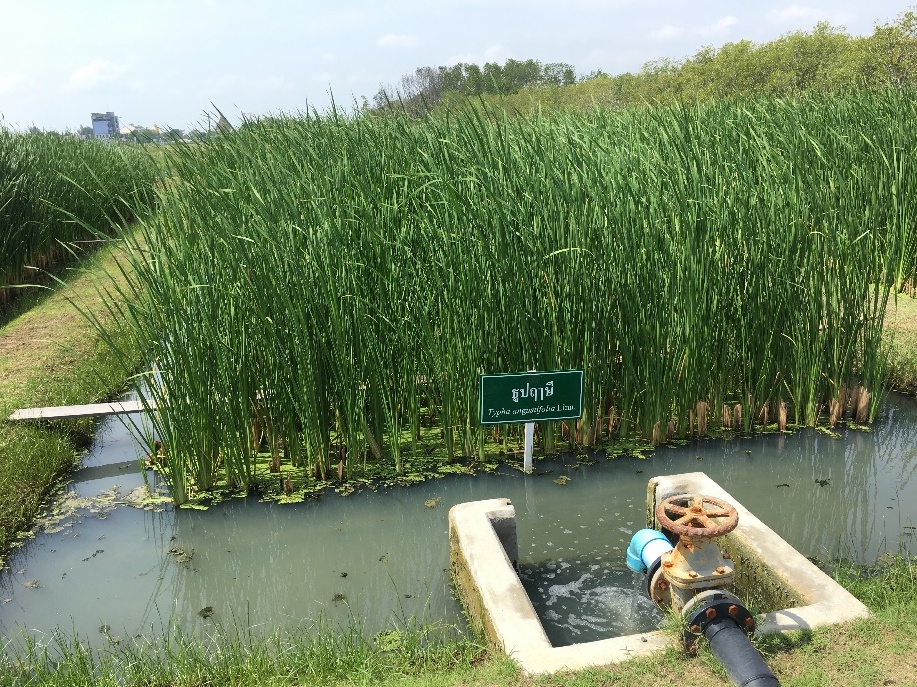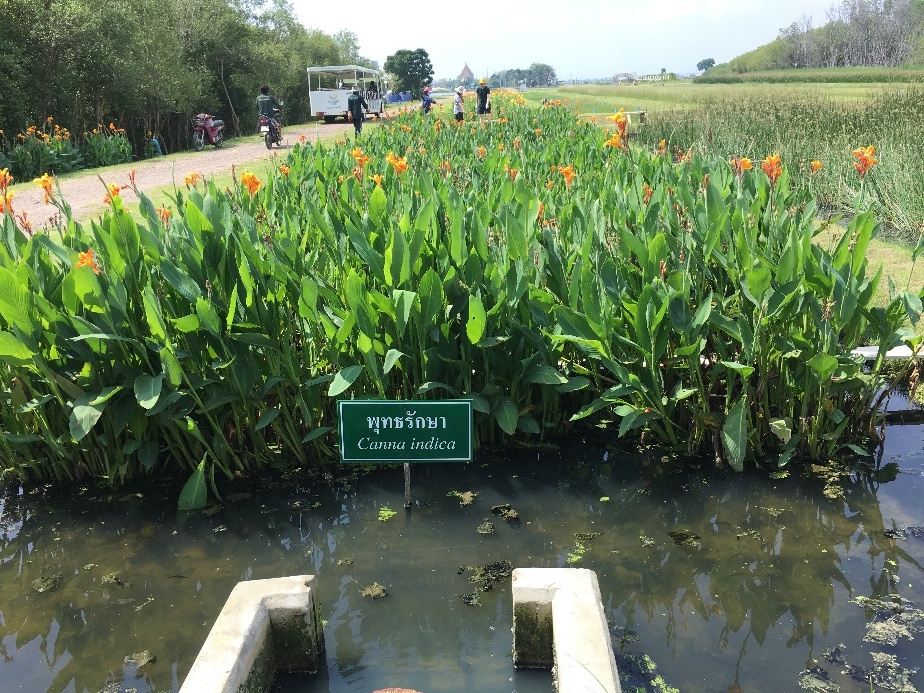The impact of taxonomic and functional variety of microbial communities on the effectiveness of purification of solid, liquid and gaseous environments at wastewater treatment plants of different types
|
Grant number: |
18-29-25027 |
|
Area of scientific knowledge: |
825.4. Creation of new effective microbiological processes of removing volatile organic compounds and deodorizing air emissions, purifying wastewater, disposing of sediment and excess activated sludge, and methods to control these processes |
|
Competition type: |
Cross-disciplinary basic research on the subject “Cross-disciplinary approaches to the effective disposal of solid organic waste, sewage water and restoration of dumping sites” (subject code 26-825) |
|
Year of implementation: |
2018-2021 |
|
Head: |
Shchegolkova N.M. |
|
Application status: |
supported |
Abstract for the application
Most technological solutions used for purifying the environment from organic xenobiotics are based on microbiological processes. At present, there are two most common types of wastewater biological purification systems in the world: activated sludge systems and phyto-purification systems – Constructed Wetlands (CWs). The latter provide advantages for decomposing organic toxicants and runoff decontamination, effectively remove gases that appear during purification, and are used for decontaminating toxicants in the wastewater sediment. Nevertheless, despite their effectiveness, CWs are still largely unutilized in Russia.
Applying modern microbiological methods has demonstrated that organic toxicant decomposition involves not single micro-organisms, but most of the microbial community (MC), characterized by complex ecological-trophic connections between separate taxons. When researching the MC by today’s high-throughput sequencing methods, the majority of works focus on analyzing the phylogenetic variety of micro-organisms. However, the new analytical approaches allow one to forecast the functional variety of communities and, as a result, develop a methodology for creating more effective communities.
While implementing the project with the help of chemical analysis, high-throughput sequencing and modern bioinformatics analysis, we will examine the prokaryote and fungal communities of the two purification system types mentioned earlier. The main objectives of the project are: 1) to identify the dynamics of the activated sludge structure affected by different organic toxicants (based on the laboratory experiments) and 2) to analyze the succession of the microbial community in CWs (based on the analysis of several CWs built in France having a different operation times from the beginning of startup). In the latter case, special attention will be paid to researching the rhizosphere processes, using the methodological techniques already existing in soil science, which will allow one to improve knowledge on the rhizosphere processes in all environments (soils, hydroponics, airponics). Integral characteristics of the microbial community will be elaborated in order to forecast its ability to decompose organic xenobiotics. Localization and structures of the most effective MC will be defined, and a methodology of monitoring phyto-purification plants new for this country will be developed. All the planned research is carried out for the first time and is unprecedented in literature.
Abstract of the report on the first year of project implementation:
There are two main types of wastewater biological purification systems: activated sludge systems (ASS) and Constructed Wetlands (CWs) – fig. 1 a and b, respectively.

a

b
Fig. 1. Two main types of biological purification systems: an activated sludge system (a) and a Constructed Wetlands (b)
AS systems are normally used when it is necessary to purify a large volume of wastewater, for example, in Moscow there are two major purification plants, which use activated sludge. A phyto-purification plant is technically an artificially constructed wetlands, in which wastewater purification resembles the purification processes happening in nature as much as possible. Plants of this type can operate without significant reconstruction up to 40 years! They are normally used for small settlements. One of the most important characteristics of CWs is the presence of higher plants, around whose roots pollutants are decomposed most actively. It is near the roots where there is a high concentration of micro-organisms that are able to use substances which are harmful for humans and the environment as a source of energy for living activity. The more varied these microbial communities are, the more effective water purification is. It is known that in CWs there are significantly more different species of micro-organisms than in activated sludge. That is why CWs can remove such dangerous organic pollutants as pesticides, medicines, oil products, detergents and other compounds produced by humans and not existing in nature. Nevertheless, today we have little information about how microbial communities are formed in such systems, according to what laws they change depending on the wastewater composition and climate and, most importantly, how to make their work most efficient.
Our job is to compare microbial communities in different purification systems in order to identify the most efficiently working groups of micro-organisms, and on that basis to define the features that can allow us to forecast the ability of a purification plant to remove certain pollutants. Based on the obtained results, we will elaborate recommendations on how to modify CWs in order to increase the effectiveness of runoff decontamination.
We have applied both modern molecular biological approaches and traditional methods of microbiology to describe the bacteria and fungi of phyto-purification plants in three climatic zones (Russia, France, Thailand) and three kinds of CWs (with open water flow, subsurface horizontal flow and subsurface vertical flow).
The analysis of the results received during the first year of work allowed us to identify three main factors shaping the variety of bacteria and fungi: 1) a community of micro-organisms constantly appearing at a purification facility with wastewater; 2) species of higher plants, whose roots provide living space for micro-organisms (fig. 2, fig. 3); 3) accumulation of the dying remnants of higher plants over the years of facility operation.

Fig. 2. A photograph of a CW. It is possible to see how close to each other the plants, Typha sp., grow. Their roots form a subsurface network that filters water and creates the environment for micro-organisms development.

Fig. 3. CW with another plant type – Canna sp. Here, the range of micro-organisms is significantly different, despite the similarity of the technological system, climate and wastewater composition.

 Ru
Ru